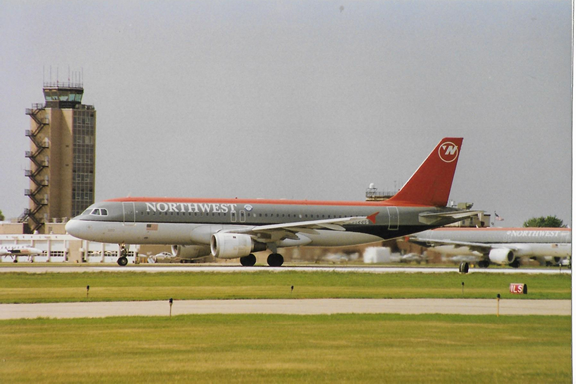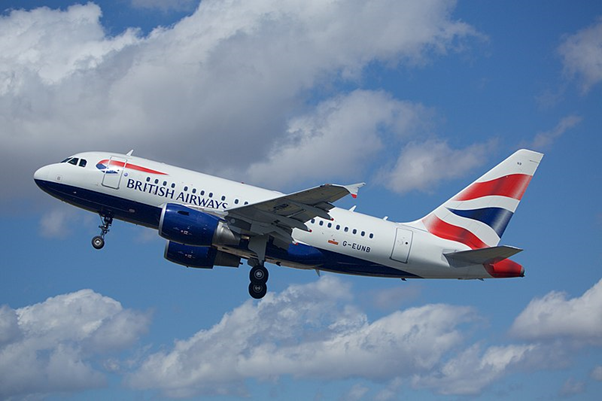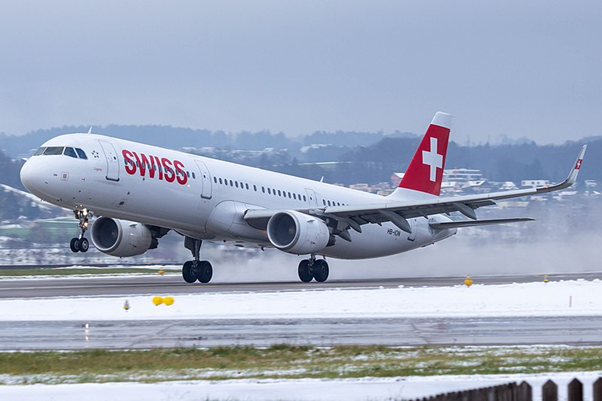



Once thought of as the new kid on the block it’s hard to believe the Airbus company will be 52 years old this December. No longer just building airliners, it also markets the military freighter the A400M Atlas and its helicopter arm Airbus Helicopters is the world’s largest helicopter company in terms of revenue and turbine helicopters delivered. This kid is now a fully grown adult and by 2019 it was the world’s largest aircraft manufacturer, with factories in the EU, UK. USA, China and Canada. This is the story of that amazing growth.

A French-German-British consortium was formed on 26 September 1967 to design and build a new large airliner to compete with the only other competitors in the market those from America such as Boeing, McDonnell- Douglas and Lockheed. The UK manufacturer involved was Hawker Siddeley and they began work on wing design for the new airliner .1n 1969 however the UK government withdrew its support for the programme and the UK pulled out of the consortium. France and Germany pressed on and formed the new company Airbus Industries in December 1970. Airbus kept Hawker Siddeley on as the wing design and build contractor as wing design is a very specialised concern and Hawker Siddeley had gained a very good reputation based on their advanced wing design for the Trident.

In 1979 British Aerospace (of which Hawker Siddeley was now a part) bought back into the project with a 20% share holding in Airbus. This had been allowed as the requirement by Airbus that a UK airline ordered some of the jets was met when Laker placed an order for 10 of the A300 aircraft. However by 2006 BAe was unhappy with the return on its investment and sold their stake back to EADS (the then parent company of Airbus). There was then a re organisation at EADS/Airbus which saw Airbus emerge as a joint-stock company, BAe again wanted a piece of the action so transferred its facilities at Filton (wing design and some manufacture) and Broughton (wing manufacture) to Airbus in exchange for 20% of the new company. The old BAe sites became Airbus UK and continued as before building wings.

The Filton site would build sections of the A400M wing whilst all the commercial Airbus aircraft wings other than those manufactured in China continued to be built at Broughton. The completed wing sections would then be shipped to Seville for the A400M and Toulouse or Hamburg for the airliners. Some wings would then be loaded along with their fuselage onto ships at Hamburg and shipped to Mobile, Alabama ,USA for assembly for sale in the US market.

The first airliner to be built by Airbus was as we have already seen the A300. First flying on 28 October 1972 production would run until 2007 when the 561st aircraft would be delivered to FedEx. The A300 was quite revolutionary for its time being the first wide bodied twin engine aircraft in the world. It was also the first airliner to see extensive use of composite materials and the first to ever achieve ETOPS approval. Extended Twin Operating ProcedureS was a requirement that allowed twin engine aircraft to fly long distances over water and was based around how reliable the engine operation was proved to be. ETOPS would allow these flights as long as the aircraft was always within a certain flying time from land, as twin engine operations have become more reliable and common place this time has been gradually extended to three hours.

The original A300 was designed with a conventional three man cockpit but by 1983 Airbus launched the A300-600 which had an all glass cockpit with just two crew. This was a world first on a wide bodied airliner and the same cockpit layout would be used on the A310 a shorter, longer ranged version of the A300 which would be the second aircraft in the Airbus family. Many A300 aircraft were built as freighters and indeed the last to be produced was such an aircraft for FedEx, Airbus say the A300 freighter is the best selling jet freight aircraft of all time.

With a number of airlines asking Airbus for a smaller, longer range version of the A300 they came up with the A310 with a shorter fuselage and smaller wing .The new aeroplane made even more use of composites than the older A300. The A310 was built from the outset with a two man glass cockpit with six CRT displays and first flew in April 1982. Capable of flying 5,150 miles with 220 passengers it competed with the Boeing 767-200 which flew just a few months earlier, however with its longer range and ETOPS certification the A310 could fly non- stop transatlantic routes which were beyond the capability of the Boeing.

Swissair were the first operator of the A310 and when production ended in 1998 ,255 examples had been built with a few as military airborne tankers. The A310 saw sales around the world including the USA where Delta, FedEx and Pan Am used the long range airliner. Like its big brother a number of A310s were built or converted into freighters. Having the same cockpit layout as the A300-600 meant crews only needed one day of conversion training to operate both types. Many developing countries used the A310 as their introduction to wide bodied operations. In 2021 there were just 27 A310s still flying with only 10 in commercial passenger service, several with Iranian airline Mahan Air. The A300 and A310 showed that Airbus had the skill and designs to compete on a level playing field with Boeing. The experience gained from these first two jets pathed the way to the next generation the A320 family and the A330/A340 series. The A300/A310 was replaced in the Airbus catalogue by the A330.

In 1987 Airbus entered the highly competitive single aisle 150 seat market. Flying its A320 for the first time on 22 February 1987 this aircraft, the world’s first digital fly by wire airliner, would create a storm in the airline world. Still in production as the A320neo (new engine option) 10,285 have been built to date with total orders for 16,106 as of March 2022. In October 2019 the A320 surpassed the Boeing 737 as the world’s fastest selling airliner. Air France were first to place an order and in 1983 British Caledonian also ordered a fleet of seven. Airbus had tried unsuccessfully for many years to gain an order from Boeing loving British Airways but ironically BCAL would help break this deadlock.

When BCAL were taken over by BA the Airbus order was honoured by British Airways and the A320’s were delivered direct to Heathrow. When in service BA began to realise they were a better proposition in many ways than the Boeing 737 they were currently using in their short haul fleet. This revelation eventually saw the entire British Airways short haul fleet becoming Airbus based. They would operate all four types of the Airbus A320 family, A318, A319, A320 and A321. The two A318s the smallest in the family, would be configured in an all business class layout and would be used exclusively on the London City to New York route.

A number of airlines had expressed an interest in a larger aircraft and in March 1993 Airbus flew the A321 a stretched version of the A320 at nearly 23 feet longer. Passenger capacity was now up to 185 in a two class layout. A longer range version was produced in 1996 and Monarch Airlines were the first to put the new variant into service. With a break from tradition the A321 would be built at the Airbus Hamburg plant instead of the factory in Toulouse. To date 2,482 A321 aircraft have been built with many more yet to be delivered.

Looking to compete with the Boeing 737-300/700 Airbus reduced the length of the base A320 by 12 feet to come up with the A319 with its maiden flight from the Hamburg factory in August 1995. Swissair were again the first to put the new Airbus in service when their A319s started carrying passengers in April 1996. EasyJet liked the size of the A319 and would operate 172 of them in their fleet which had once been all Boeing. The A319 continues in production and to date 1,488 have been built with 68 on order. American Airlines is the largest present day operator with 133 in service.

The smallest type in the A320 family is the baby A318 capable of carrying 107-132 passengers. First flying in January 2002, a number of initial orders were lost when the airlines decided they needed a bigger aircraft such that only 80 A318s have been built with no orders outstanding. As has previously been mentioned British Airways operated a pair of A318 aircraft on its London City to New York route. The A318 was the largest aircraft certified to use the steep approach path into London City airport. After leaving London City the aircraft would stop at Shannon for refuelling and for the passengers to clear US immigration and customs, it would then fly on to New York. For the return flight the route would be New York to London direct because of the prevailing winds reducing fuel consumption. The onset of Covid saw BA end this route as no longer economically viable.

With the first A320 flying back in 1987 Airbus announced in December 2010 a radicle revamp of their best seller. New engines, wing sharklets and other modifications would result in the Airbus A320neo (new engine option) which would offer around 15%-20% fuel savings on the older aircraft. The A321 and A319 would also be offered as ‘neo’ variants. To compete with the ‘neo’ versions of the A320 family Boeing offered the 737-MAX, however by 2019 Airbus ‘neo’ variants had 60% of the market share. To date 7,986 A320neo family aircraft have been delivered. The new engine options are the CFM-LEAP engine or the Pratt & Whitney PW1000G.

By July 2019 the A321neo was accounting for 40% of all Airbus sales and with two long range versions also being offered the A321LR and A321XLR ( yet to fly) production space for this best seller was in short supply. Consequently in January 2020 Airbus confirmed the A380 production line at Toulouse which was winding down would be converted to produce more A321 aircraft. In 2015 Airbus announced it was looking into building an all new composite wing for the A320 family dubbed ‘The wing of tomorrow’. Design work began at a new facility built at Filton in the UK and the final design showed a wing of up to 52 metres long with folding wingtips to enable it to fit in todays airports. The current wing is 36 metres long. A prototype was completed in late 2021 but has yet to begin flight tests.

As we have seen the first A320s introduced us to the Airbus digital fly-by-wire system. This basic system has been fitted to all subsequent Airbus designs. The A320 flight deck did not just feature fly-by-wire for the main flight controls but every system other then the manual tailplane trim and the emergency undercarriage free-fall was electrically controlled. Spoilers, throttles, steering and brakes were all electrically controlled. The main aircraft control system uses seven computers to control combinations of the control surfaces with Airbus saying it needs just one serviceable computer to allow the pilot to control the aircraft. In reality the aircraft would only ever be flown with just one computer unserviceable. All this electronic control equipment led to the Airbus being dubbed ‘The electric jet’
Next month we will continue the story looking at the A330/340 range, the mainly composite A350, the world’s largest airliner the A380 and the Airbus acquisition of Bombardier which resulted in the A220.
‘till the next time Keith
Registered Charity No. 285809